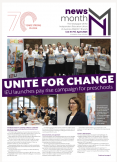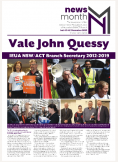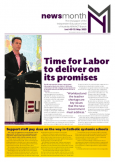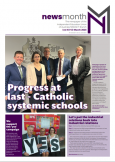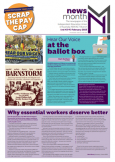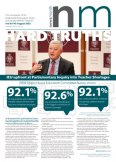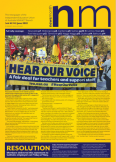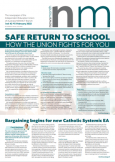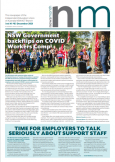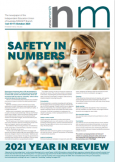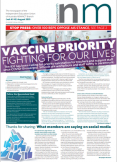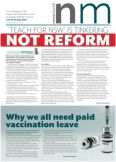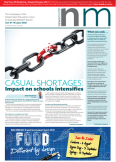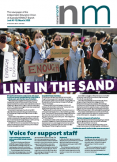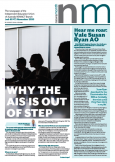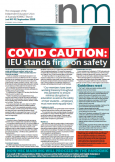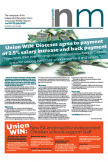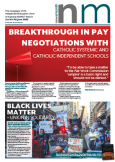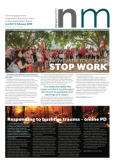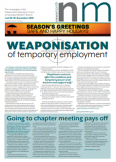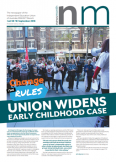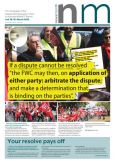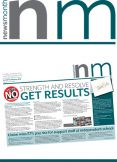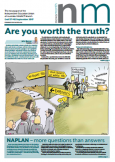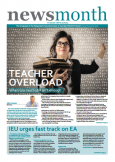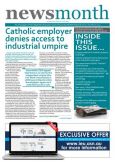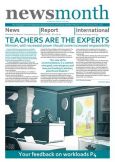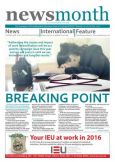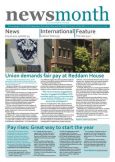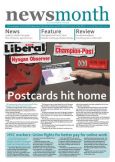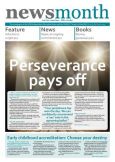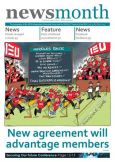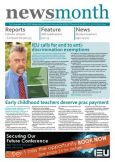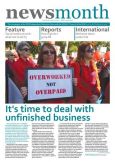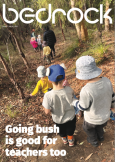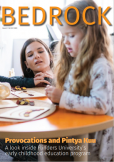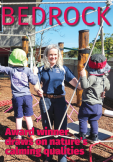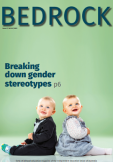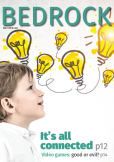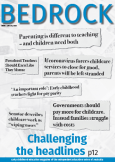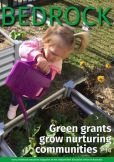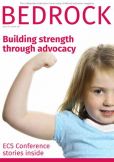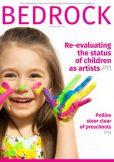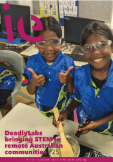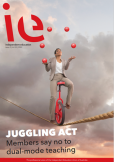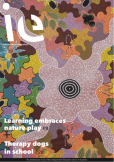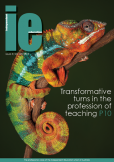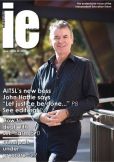Impact of uncertainty
It is vital for educators and service leaders to understand the neurological impact of uncertainty and threat.
The Assessment and Rating process is a useful example because it can be such an intense process experienced over a set period. The really important work that educators and service leaders perform, all their energy and time investment, ends up publicly measured under a few distinct headings (National Quality Standards areas).
Like exam conditions, the Assessment and Rating process can place people under an enormous amount of pressure. Everyone wants to present the best of themselves and their services. This is a time for educators to celebrate and showcase the multidimensional aspects of their work and the profound impact they have on the children and the families they support.
However, there is often a gap between what people want to portray and what actually transpires. And this can largely be explained by the nature of the Assessment and Rating process itself and a lack of understanding of the neurological impact of threat. That is, people don’t have an awareness of how their brains respond under that kind of pressure.
After the visit from the assessor, people nearly always say there were things they omitted or didn’t even think to include in the QUIP. What this suggests is that during the assessment process, directors and their teams are operating in an elevated space of distrust. They are coming from a place of protection rather than a place of high trust. In a high trust environment, they might otherwise be primed to share, explore and be open and receptive to the assessor.
This facilitates them sharing the information that the assessor needs to hear. Instead what happens is they shut down and lose the ability to highlight the often obvious and key details the assessor needs. Under a threat environment, people lose their voice and, with that, the opportunity to showcase the wonderful work of their centre. This can snowball when individual team members become nervous and stressed, often fearing judgement and rejection. And before you know it the sense of achievement evaporates, ability to demonstrate a wealth of knowledge disappears and their ability to showcase experience is diminished.
Threat to transparency
Although we are hard wired for self protection, we’re also inherently social. Successful leaders can make sure that the latter instinct trumps the former simply by fostering a transparent environment in which everyone can share and discuss thoughts, experiences and ideas openly. Transparency and understanding is cultivated through the process of acknowledging how people feel, then giving them space to breathe into those feelings. But it isn’t just about sharing feelings, the key step is to then create intentions about how they would like to feel in order to create the best outcomes for themselves and the centre. This process sends a strong signal to everyone’s lower brain that ‘trust is in the air’. Sharing this experience with a team can increase levels of oxytocin, a social bonding hormone, which promotes collaboration, connection and trusting behaviours and essentially just makes people feel good.
So, you can see, by applying some basic techniques and developing an understanding of what is happening neurologically, it is possible for the Assessment and Rating process to be a valuable team building process. Instead of a traumatic experience, it can be a way of validating and evidencing ‘what you do’ and ‘how you do it’.
This is about appreciating quality and excellence as well as grasping the opportunity for improvement by identifying the blind spots and things that you may have overlooked before. Leaders can take their teams on a journey of exploration in a celebratory way so that the process becomes more important than the rating itself. This is about fostering a heartfelt connection for early childhood professionals and the space in which they work.
Co-creating an aspirational roadmap can help teams to understand all the different elements to the process: the timeline, the people involved and, importantly, the outcomes the centre wants to create. This can be a visual recipe that includes ‘feelings’ the team aspire to and also celebratory milestones based on the team’s shared view of success.
Individuals and teams, even in ‘protect’ mode, can become more open and trusting. Priming for connection is a really good way of starting the internal conversation with ourselves first and foremost and then with our teams.
This allows us to acknowledge what is coming up for people and how they feel about it and start moving into creating an aspirational journey. Through that process we can hold ourselves accountable. We can see where we belong, what is required of us and then identify the feelings that we want to have while we move through that journey.
With more conscious leadership we can measure our success as leaders and discern whether we need to adjust some of the process or mechanisms in order to ensure people are neurologically kept in that ‘air of trust’. We want to protect our team from moving into our primitive brains where we are more likely to feel a lack of safety and certainty.
By being open to explore team emotions, we make the invisible visible, we quell our primitive brain response and give space for conversations that build trust. Putting relationships before tasks helps us to understand different perspectives and pull together, even during an intense experience like the Assessment and Rating process.
If you would like to obtain a copy of How to Thrive During an Assessment and Rating Process email Sarah@earlyeducationleadership.com




